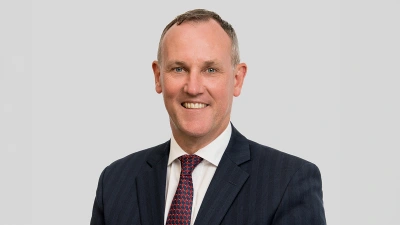Flexibility needed for digital advice for changing circumstances


To allow more Australians to access affordable financial advice advisory practices will need to use digital solutions but that flexibility is key, according to Saxo Markets.
Gaye Anable, who works at the firm’s institutional partnerships and solution sales division, said advisers needed to work out what kind of investment journey their clients required given there was a “gamut” of digital solutions.
These included digital risk profiling, e-advice models, artificial intelligence, investment selection, automating model portfolios, implementation of model portfolios, and digital personal advice.
Anable said advisers would also need to figure out whether their clients would prefer a hands-off approach, or a combination of digital and face-to-face services.
“Personal advice is always a very complex matter but it's creating technology offerings that provide flexibility. So, it's not a one size fits all approach,” she said.
“It's very much fine tuning things, and having technology that allows you to actually adapt to changes, whether it be someone having a baby, or they want to retire early for medical reasons. It’s being able to make changes within those models to actually cater for lifestyle changes or life changes and things.
“You really do need to be interacting with the technology on an ongoing basis to allow for updating what it actually provides.”
Anable noted this kind of flexibility would require a lot of interactions with the client.
“Do they interact with their adviser constantly at this point? Probably not because that's not necessarily accessible or achievable for them, or affordable. Whereas when you digitise things you are going to get a lot more interaction,” Anable said.
She said this was seen in the increased number of people that traded and had accessed markets directly themselves.
“They're really working with a combination of interfaces and while the user experience is not just about an interface, you have to have an omnichannel service,” Anable said.
“Whether you're accessing certain things via a website monthly or on a quarterly basis, but in day-to-day life people are interacting on their mobile phones and they're interacting with them constantly.
“Actually delivering services, delivering transparency, via a mobile app is incredibly important. We see over 60% of our client base interact through this through mobile applications.”
Recommended for you
ASIC has released the results of its first adviser exam to be held in 2025, with 241 candidates attempting the test.
Quarterly Wealth Data analysis has uncovered positive improvements in financial adviser numbers compared with losses in the prior corresponding period.
Holding portfolios that are too complex or personalised can be a detractor for acquirers of financial advice firms as they require too much effort to maintain post-acquisition.
As the financial advice profession continues to wait on further DBFO legislation, industry commentators have encouraged advisers to act now in driving practice efficiency.














